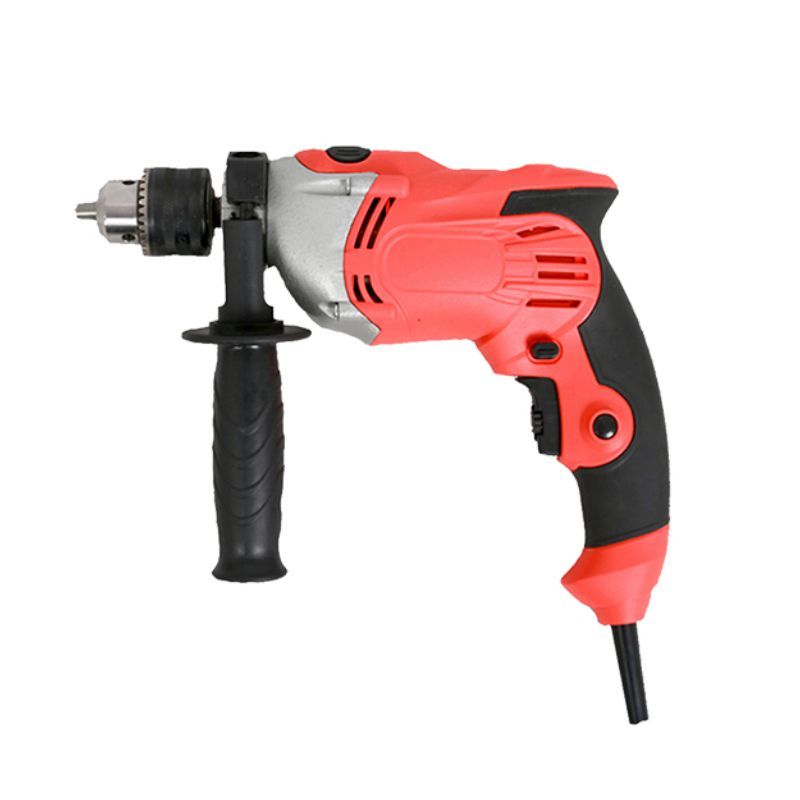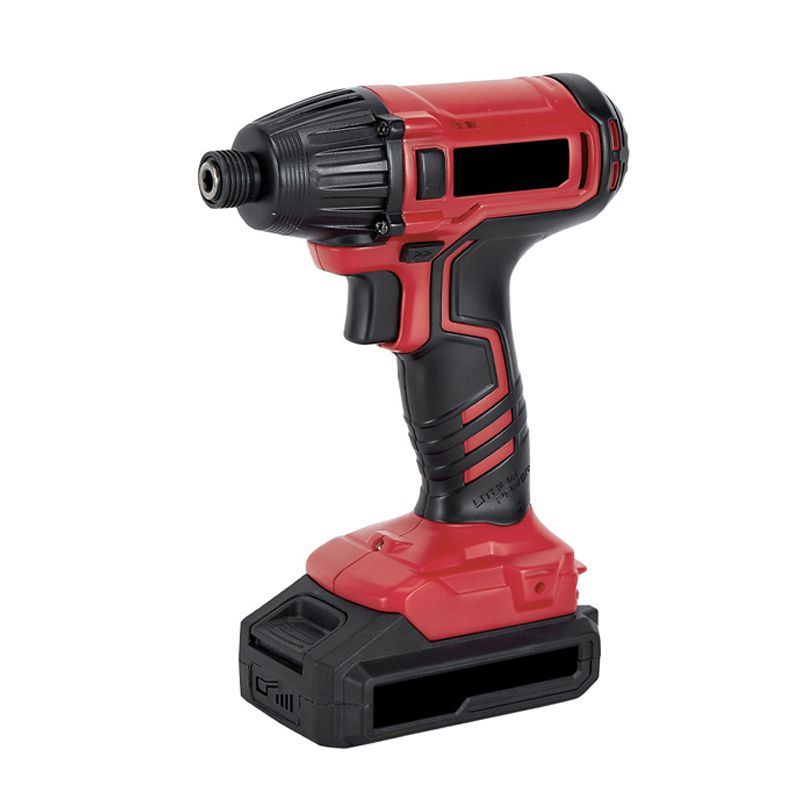Corded vs Cordless Tools - Which is Better?
Corded vs Cordless Tools - Which is Better?
Introduction
In the realm of power tools, the age-old debate between corded and cordless options has been a perennial source of confusion for both professional tradespeople and DIY enthusiasts. Each type has its unique set of advantages and limitations, making the decision between them a crucial one. In this blog post, we will delve into the pros and cons of corded and cordless tools, helping you make an informed choice based on the nature of your projects and personal preferences.
Corded Tools: The Powerhouse
Corded tools have been the workhorse of the construction and woodworking industries for decades, and for good reason. The primary advantage of corded tools lies in their uninterrupted power supply. Whether you're drilling through concrete or cutting through thick lumber, corded tools provide a consistent level of power throughout the task. This reliability is particularly crucial for heavy-duty applications where a consistent power source is non-negotiable.
One significant benefit of corded tools is their unlimited runtime. Unlike their cordless counterparts, which rely on rechargeable batteries, corded tools can operate for as long as needed without the need for frequent battery changes or charging breaks. This makes them an ideal choice for prolonged projects or tasks that demand continuous operation.
Another notable advantage of corded tools is their typically higher power output. The consistent connection to a power source allows corded tools to deliver more torque and speed, making them indispensable for tasks that demand raw power, such as cutting through dense materials or drilling into hardened surfaces.
However, the Achilles' heel of corded tools is their lack of portability. The need for a constant power source restricts movement and limits the tools' application in remote or outdoor settings where power outlets may be scarce.
Cordless Tools: Unmatched Mobility
In recent years, cordless tools have witnessed a surge in popularity, thanks to advancements in battery technology. The most significant advantage of cordless tools lies in their unmatched mobility. Whether you're working on a roof, in a tight space, or at a job site without easy access to power outlets, cordless tools provide the flexibility and freedom to move around without being tethered to a cord.
How many teeth do I need on my saw blade?
Do patterned paint rollers work?
What are diagonal pliers best used for?
A Step-by-Step Guide to Using a Patterned Paint Roller
Interpretation of the key points of concrete saw blades in cutting bridges
The Production Process of High-Quality Diamond Saw Blades
What is a cordless drill best used for?
The advent of lithium-ion batteries has significantly improved the power and runtime of cordless tools. These batteries offer a high energy density, allowing for longer use between charges and reducing the overall weight of the tool. Additionally, modern cordless tools often come with fast-charging capabilities, minimizing downtime and increasing productivity.
Cordless tools also shine in terms of convenience. With no cords to untangle or trip over, setting up and using cordless tools is a breeze. This makes them an excellent choice for DIYers and professionals who prioritize ease of use and quick setup.
However, cordless tools do have their limitations. The need for battery recharging introduces downtime, which can be a hindrance on larger projects. Additionally, cordless tools may not provide the same level of power as their corded counterparts, making them less suitable for heavy-duty applications.
Choosing the Right Tool for the Job
Ultimately, the choice between corded and cordless tools depends on the nature of your projects and your specific requirements.
For professionals working on construction sites or tackling heavy-duty tasks, corded tools may be the preferred choice due to their consistent power output and unlimited runtime. In these scenarios, the inconvenience of managing cords is outweighed by the necessity for reliable, high-powered tools.
On the other hand, if your work involves frequent movement, working in tight spaces, or requires the convenience of a portable tool, cordless options are likely the better fit. The advancements in battery technology have narrowed the performance gap between corded and cordless tools, making the latter a viable choice for an increasing range of applications.
Conclusion
In the ongoing debate of corded vs. cordless tools, there is no one-size-fits-all answer. Both types have their merits and drawbacks, and the key is to understand your specific needs and prioritize accordingly. For professionals, a mix of both corded and cordless tools might be the optimal solution, providing the power of corded tools for heavy-duty tasks and the mobility of cordless tools for projects that require agility and flexibility.
In the end, the right tool for the job depends on a careful consideration of your workflow, the nature of your projects, and your personal preferences. By weighing the pros and cons of corded and cordless tools, you can make an informed decision that maximizes efficiency and productivity in your work.
The Art of Precision: Enhancing Walls with Paint Tape
What kind of roller do you use for epoxy flooring?
A Step-by-Step Guide on How to Use Ratchet Straps
10 Things to Consider When Buying Cordless Rotary Hammer Manufacturer
Tool Tales-More About Pruning



